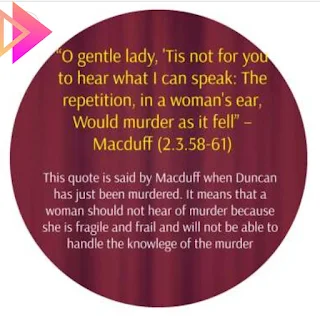A word of the year 2016 : Post-truth
Post-truth :
Relating to or denoting circumstances in which objective facts are less influential in shaping public opinion than appeals to emotion and personal belief.
(Definition by Google translator)
Religion as a political tool :
Nowadays political parties use religion as their political tool. The 21st century is era of post truth era. A political leaders manipulates people's religious sentiments to sway votes in their favor.
People don't know what's happening behind the name of religion, casteism, nationalism etc. They thing it is truth but it is post truth. Critical evaluation of every thought and practice must be needy at all time.
Work with human psychology :
Use human's emotions and their beliefs, soft corners against them. Political parties and other selfish person always practice post truth for their own benefit and fulfill selfish desires. Post-truth refers to using emotions to unleash people's emotions to change their thoughts and, at the same time, hide facts.
For the past several years, a common observation about life in America—and the political arena in particular—is that we are living in a “post-truth” world. Media editorial pages and family dinner tables alike lament the decline of “objective truth” in American public life. In a recent Washington Post opinion piece, for example, a writer recalled hearing a “bright college student” and a Hollywood agent both refer to a nonfiction book as a “novel,” citing the erroneous categorization as evidence of “a collapsing boundary between truth and fiction in the public mind.”
As urgent as are such pleas for people to heed the call to “fight back misinformation,” the suggestion that this can be accomplished by simply flagging false claims and countering them with “the facts” fails to acknowledge a fundamental characteristic of human society: People don’t universally agree on what “the facts” are. In other words, one person’s misinformation is another person’s indisputable truth.
Now, acknowledging that other people draw the line between fact and fiction in a different place from where we draw it does not blithely suggest that this lack of agreement over what constitutes “truth” is not problematic. One “truth” that virtually everyone can agree on is that America is deeply, and perhaps even dangerously, divided over where the boundary between fact and misinformation lies. Our strategy of attempting to deal with this divide by fact-checking questionable claims and schooling the people who make them with the real facts, however, is simply not enough. No matter how much incontrovertible evidence we present to “them” (whoever “they” happen to be) they remain entrenched in their illogical position and the chasm between us and them remains. In an article recently published in Social and Personality Psychology Compass, Mirko Demasio proposes that a potentially more productive approach to the post-truth problem would be to view it from the perspective of a relatively new field of psychological study called “discursive psychology.”
Originating in the late 1980s as a variant of social psychology, discursive psychology is “an approach that focuses on how the psychological is brought to life through discourse.” It “looks at how psychological concepts (attitudes, memories, attributes, etc.) are worked up in discourse as social actions highly attuned to a specific context." The speech through which people interact with each other on a day-to-day basis, then, is less a reflection of reality than it is a medium through which "reality" is constructed. Within this constructed reality, “facts” are not “states of affairs,” but rather “constructions put together for particular purposes.”

























